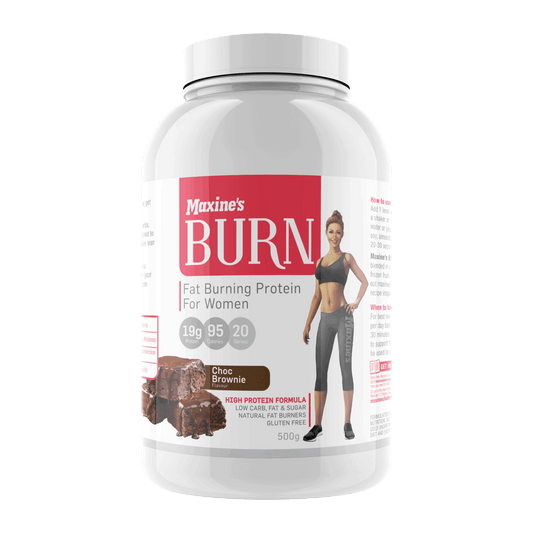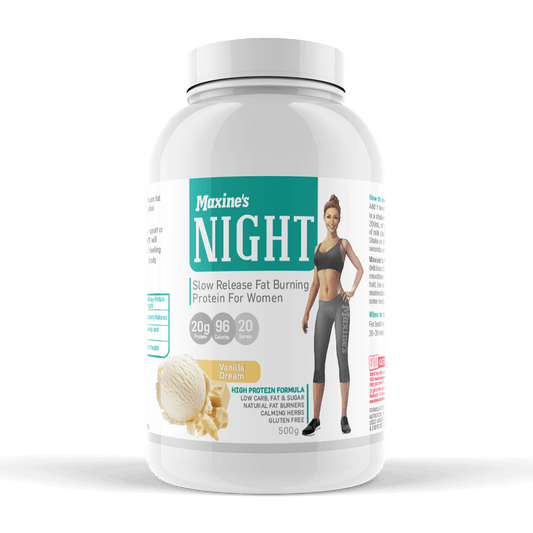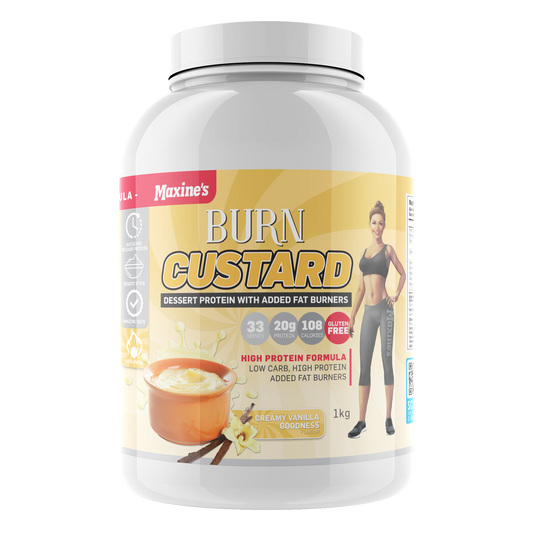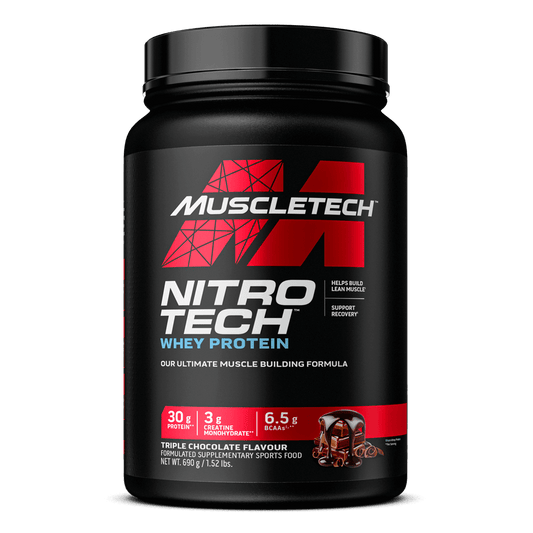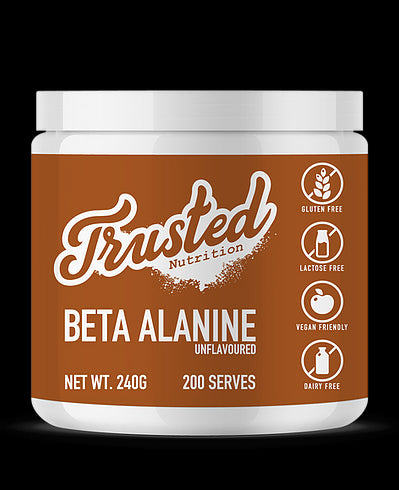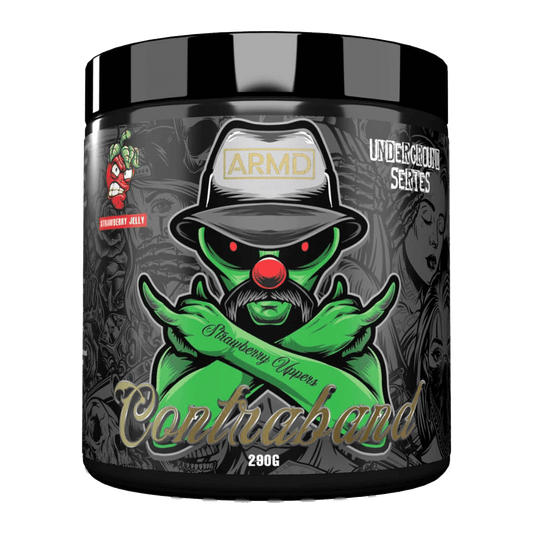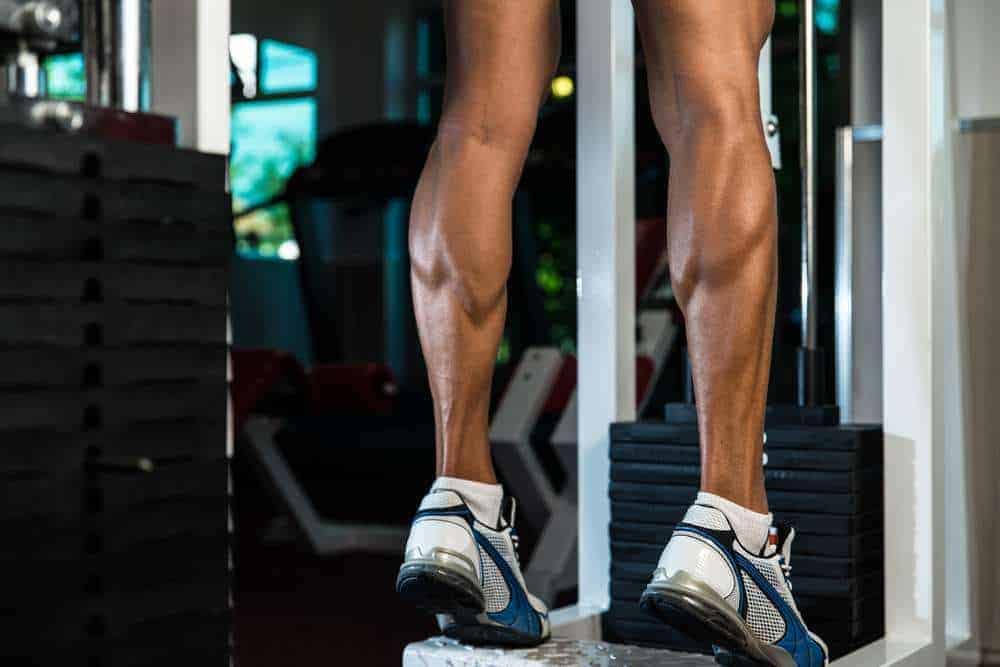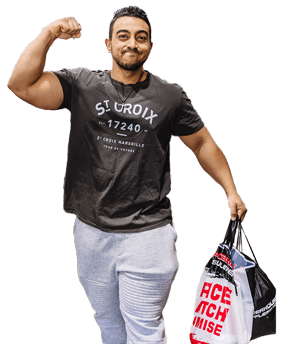There are few things as challenging as the battle with body fat for the avid gym goer; resisting a midnight snack, training abs more than once a month, skipping arm day and top of the list? That would be growing a pair of decent calves. In fact, at one time or another we have probably heard someone say “I just don’t have calves man.” There is some truth in that because ultimately – like all other muscles groups, our skeletal make up and where we store fat – calf size is genetic. However, that only speaks to your maximal potential. The fact of the matter is we can still grow them if we equip ourselves with the right approach and knowledge. Read our blog to unravel the mystery behind building gargantuan calves.
Calves 101
Whether you want to grow them or build a stronger set of calves, the two sets of muscles you need to be aware of in your calves are:
The gastrocnemius muscle is located on the back portion of the lower leg, and is one of the two major muscles that make up the calf. It branches at the top behind the knee, consisting of two heads: the medial and lateral.
The other major calf muscle you need to be conscious of is the soleus muscle which is flat and lies underneath the gastrocnemius. This muscle is capable of exerting powerful force onto the ankle joint. Its primary function is to push the foot off the ground when you walk. It also helps you maintain good posture by preventing your body from falling forward. What’s more, this muscle plays another vital role in the functioning of your body; it is part of the group of muscles that help the heart circulate blood.
Activating the two heads of the gastrocnemius
While the medial and lateral head work together research carried out by Riemann, Limbaugh, Eitner and LeFavi (2011) shows that you can focus and activate one head of the gastrocnemius more than the other. How? It’s simpler than you think; it only requires the simple turning of your feet inwards or outwards. During the concentric phase turn your feet inwards to stimulate more of the lateral head and during the eccentric phase turn your feet outwards to activate more of the medial head.
Calf raises: seated vs standing
You’ve probably figured out that calf raises are going to be an important feature of your colossal calves regime but equally as important is knowing what muscles are being targeted when you perform different types of calf raises.
-
Standing or straight-legged calf raises
These will engage both the soleus and the gastrocnemius, promoting muscle growth and improvements in strength.
By comparison these calf raises primarily engage the soleus. This is because when your knees are bent the gastrocnemius is unable to engage to the same extent. This means that if you have been focusing on seated calf raises you have been robbing yourself of important growth for your gastrocnemius.
Bonus tip: Contract, don’t bounce!
There is a tendency to bounce when performing calf raises but when you do you are relying on your achilles tendon, the
achilles heel to your calf growth. This tendon is the strongest and thickest tendon in the human body. When you simply bounce up and down during your calf raises, it’s your achilles tendon that’s absorbing the weight and simply bouncing it straight back up again, sidelining your calves and their growth.
Training approaches
Another study (Silva et al, 2014), compared the effectiveness of stretching between sets of calf exercises for achieving greater growth. Two groups were incorporated in the study: those who rested for 30 seconds between sets and those who performed weighted stretching for 30 seconds. 5 sets of calves were carried out on the leg press. The initial set was with a weight that could be lifted for 12-15 reps. This was repeated a further four times with the weight being reduced by 15% following each stretch. The study showed that those who undertook intraset stretching experienced significantly more calf growth than their resting counterparts.
Dr. Jacob Wilson recommends taking this approach twice per week with 48-72 hours between sessions.
-
Rest-pause dropset training
Jim Stoppani suggests a similarly taxing approach to training your calves. His technique consists of
rest-pause/drop set training. It is a high-intensity method that challenges your calves to the extent where they have to adapt (grow) to cope with the stress you are putting them under. This approach incorporates standing calf raises in which you start off performing AMRAP (as many reps as possible) with weight (recommended 20kg plate on each side) you can achieve 30 reps or more just shy of failure. Afterwards, add another plate, take a minute to rest before pushing out another 30 reps. This process is to be repeated until you can no longer muster 10 reps of a full range of motion.
References:
Riemann BL,
Limbaugh GK,
Eitner JD,
LeFavi RG. (2011) Medial and lateral gastrocnemius activation differences during heel-raise exercise with three different foot positions,
J Strength Cond Res. 2011 Mar;25(3):634-9. doi: 10.1519/JSC.0b013e3181cc22b8. Silva, J.E., Rauch, J., Lowery, R.P.,…..and Wilson, J.M. (2014) Weighted Post-Set Stretching Increases Skeletal Muscle Hypertrophy. National Strength and Conditioning Conference, Las Vegas Nevada. Powerhouse is your dedicated partner in reaching your fitness goals. We have taken the time and care to hire only the most passionate fitness staff and stock a diverse range of the best supplements on the market. For professional advice, quality equipment and first rate supplements,
get in touch today and reach your goals.
